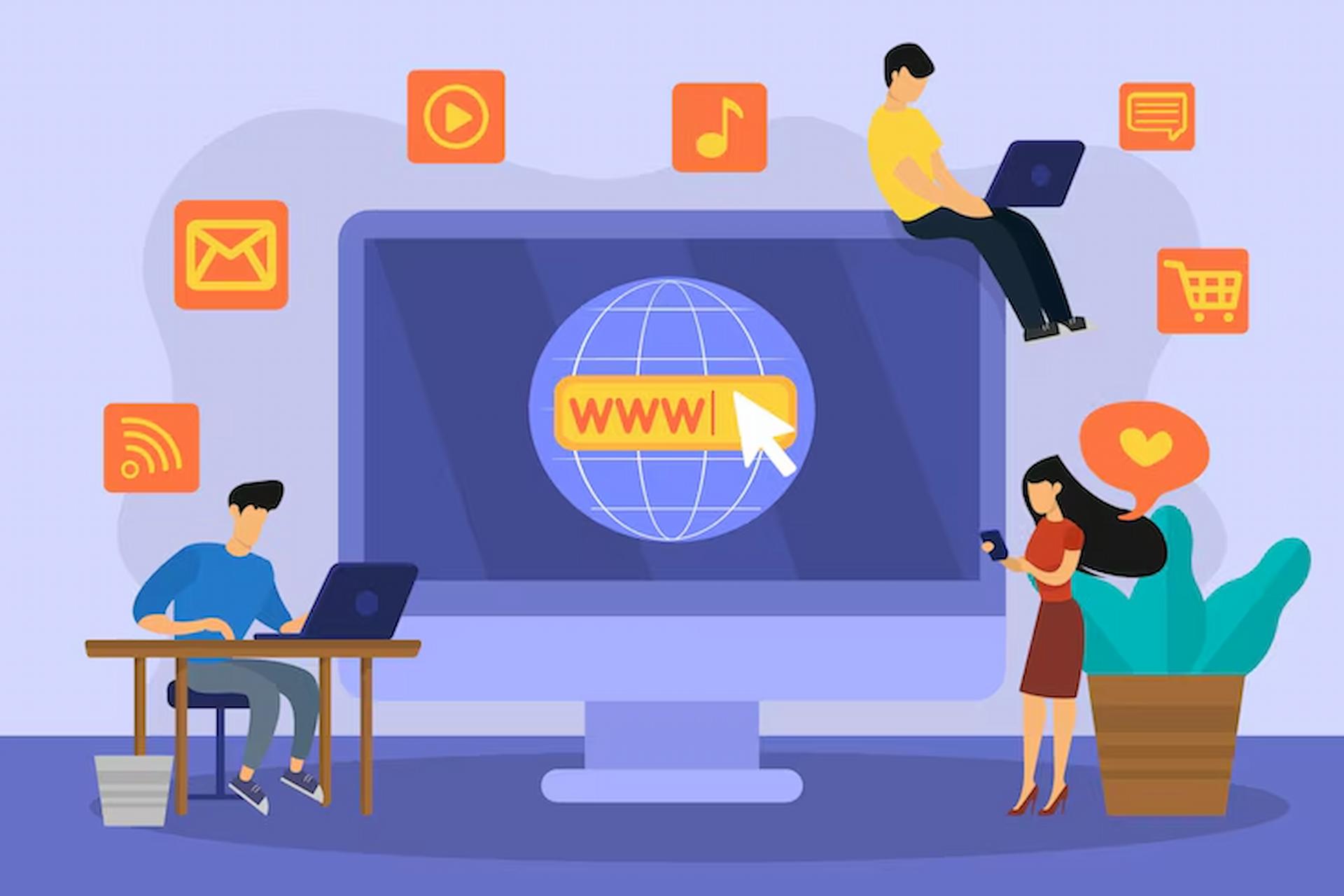What Are the Different Methods for Opening Web URLs?

Accessing web content has become essential to our everyday existence in the digital age. Whether exploring the vast expanse of the internet, checking social media updates, reading news articles, or purchasing online, we frequently find ourselves clicking on web URLs. However, have you ever wondered about the different methods for opening these URLs? There are numerous ways to access web content, from traditional web browsers to innovative applications. This article will explore the various methods for opening web URLs and their advantages and limitations.
Web Browsers: The Traditional Approach
Web browsers are the most common method for opening web URLs. From Google Chrome to Mozilla Firefox, these software applications provide users with a graphical interface to navigate the internet. Enter the URL into the address bar, hit enter, and voila! The webpage appears before your eyes. Web browsers offer features like bookmarks, history, and tabbed browsing, enhancing the user experience. However, they also have drawbacks, such as privacy concerns and compatibility issues with certain websites.
Mobile Apps and Social Media Platforms
With the proliferation of smartphones, mobile apps and social media platforms have become famous avenues for accessing web content. Whether it’s a news article shared on Facebook or a product link in a mobile app, these platforms streamline the browsing experience by integrating web URLs within their ecosystems. However, users should exercise caution when clicking on links within apps, as they may redirect to external websites with varying levels of security and reliability.
URL Opener Tools and Extensions
URL opener tools and browser extensions offer a convenient way to open multiple web URLs simultaneously. These tools are handy for researchers, marketers, and anyone who frequently deals with multiple links at once. Users can simply paste a list of URLs into the tool or extension, and it will automatically open each URL in a separate tab or window. Some web URL opener tools offer advanced features like customisation, batch processing, and shortening.
Command Line Interface Tools
For tech-savvy users and developers, command line interface (CLI) tools provide a powerful way to open web URLs directly from the terminal or command prompt. Tools allow users to fetch web content programmatically by specifying the URL as a command-line argument. While CLI tools may not offer the same user-friendly experience as web browsers or mobile apps, they provide unparalleled flexibility and automation capabilities. Developers often use CLI tools for tasks such as downloading files, testing APIs, and performing web scraping operations.
Hyperlinks in Documents and Emails
Hyperlinks embedded in documents or emails provide another way to a web URL opener. Whether a hyperlink in a Word document or a clickable link in an email, these shortcuts allow users to access web content with a single click. While convenient, hyperlinks can sometimes be misleading or lead to malicious websites if not properly vetted. Additionally, clicking on links in unsolicited emails poses security risks, such as phishing attacks.
Operating System Integration
Modern operating systems often provide built-in mechanisms for opening web URLs seamlessly within their user interface. Additionally, operating systems may offer integration with web browsers, allowing users to set their preferred browser as the default application for opening web links system-wide. This integration ensures a cohesive user experience across different applications and environments within the operating system.
In conclusion, the methods for opening web URLs are as diverse as the content they lead to. Each method offers advantages and limitations, from traditional web browsers to innovative URL opener tools. While web browsers remain the go-to choice for most users, hyperlinks in documents and emails, mobile apps, and URL opener tools provide alternative ways to access web content. Ultimately, the choice of method depends on factors such as convenience, security, and personal preference. Users can navigate the internet more efficiently and safely by understanding the different techniques for opening web URLs.

You must be logged in to post a comment.